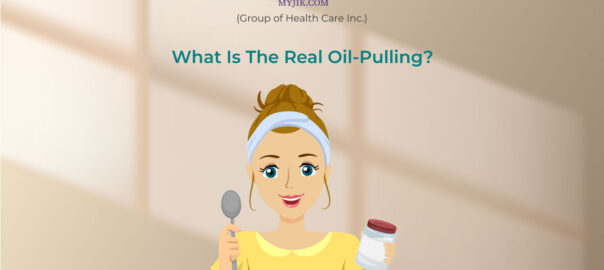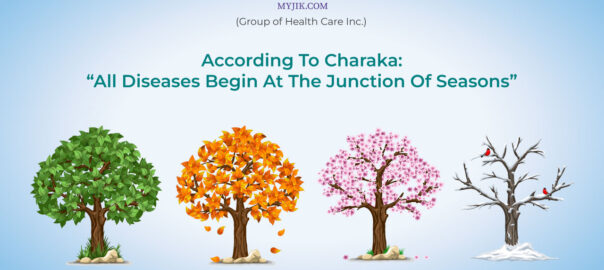
Turning to breathing exercises when you cannot tolerate the heat can be quite relaxing.
Did you know that there is a concept in yoga that focuses on igniting the internal fire (Agni) to improve focused breathing and robust movement?
This technique is commonly used in yoga classes, especially during summers, and is popular in Kundalini Yoga. However, the origins of this technique are unknown though they have been around for several years. Sheetali or Sitali Pranayama is a breathing practice that relaxes the body and mind very effectively.
The word ‘Sheetal’ comes from Sanskrit, which means passionless, calm and soothing and the word ‘Sheetali’, which also comes from the Sanskrit roots, means ‘Frigid or Cold.’ This pranayama also reignites the digestive fire, similar to the concept of coal that may fire up again with a little cold breeze, which is why Ayurveda prescribes this technique as well.
Sheetali Pranayama’s primary purpose is to cool down the body in case of high-intensity physical exertion, direct sunlight, excessive sweating, and intense emotions. Besides, our nervous system and endocrine glands benefit from it too.
There are a lot of benefits that Sheetali pranayama can provide. Some of them include:
Soothes inflammation in the skin
Controls high blood pressure
Cools the body down
Calms the mind
Helpful regarding diseases of tongue, throat and mouth
Reduces acidity in the digestive tract
It acts as a stress buster
Alleviates excess hunger
Helps fight against insomnia
Purifies blood
Enhances the body’s natural prana flow
Helpful during fever
It is beneficial for spleen-related illnesses.
Useful for pitta-related diseases
Encourages a feeling of satisfaction
Helps with the problem of constipation and ulcer
However, there are some precautions you must keep in mind while practising this pranayama. If you are suffering from asthma, high blood pressure, or even cold and cough, seek professional help, as it can prove to be dangerous. Apart from that, it is advisable not to practice this yoga for people with respiratory problems.
There are other breathing exercises and technique which provides similar benefits. People often face health or technique issues due to which they can’t opt for a particular exercise at times. Therefore there are exercises with similar benefits that can be practised instead of a particular Pranayama.
For Sheetali pranayama, a set of steps are followed to practice.
Steps To Perform Sheetali Pranayama
Step 1: Comfortably sit in any meditative position of padmasana or any other asana like swastikasana
Step 2: Place both hands on the knees in a straight manner
Step 3: Next, stick out the tongue in a folded manner from the sides like a straw
Step 4: Now breath in deep with the straw-shaped tongue
Step 5: After inhaling, close the mouth and exhale through both the nostrils.
Step 6: Repeat the process about eight to ten times.
Though there are problems faced by people practising Sheetali pranayama, there can be other ways to get the benefits too. The problems are as follows:
Problems Faced Regarding Sheetali Pranayama
Unable to roll the tongue in a straw-like shape
Feeling strained while breathing in and out with this technique
Posture problem
In case of problems related to folding your tongue in a straw-like manner Sheetkari technique is recommended, where you allow the lips to separate slightly and to broaden like we do while smiling. Flatten the tongue, softly trap it between the teeth, and inhale air through the corners of your mouth. This way, there won’t be any strain caused while sticking out the tongue in a straw-like manner. This can be another way Shetaali Pranayama can be performed.
Now that you know these are the problems commonly faced by people, here is a list of pranayama with similar benefits that can be practised instead of Sheetali Pranayama:
Other Breathing Pranayamas With Similar Benefits
Sheetkari Pranayama
Anulom Vilom Pranayama
Bhastrika Pranayama
Kapalbhati Pranayama
Nadi Shodhana Pranayama (which is alternate nostril breathing)
Surya Bhedana Pranayama (right nostril breathing)
Bahya Pranayama
Chandra Bhedana Pranayama (left nostril breathing)
Udgeeth – (chanting Om)
Ujjayi Pranayama
Pranav Pranayama
Sheetkari Pranayama (hissing breath)
Conclusion
However, there are different kinds of beliefs when it comes to Sheetali Pranayama. By engaging in this process of Sheetali Pranayama, described in Swami Swatmaram Ji’s Hatha yoga Pradipika, a person becomes attractive and young and with regular practice of this Pranayama, the person may manage their hunger and thirst; yog-related ancient texts have referred to this. Other than that, advanced methods include muscular locks (bandhas), lengthier retentions (kumbhakas), and longer inhalations and exhalations are incorporated into some Sheetali and Sheetkari versions. The best way to learn these techniques is via a trained instructor.











